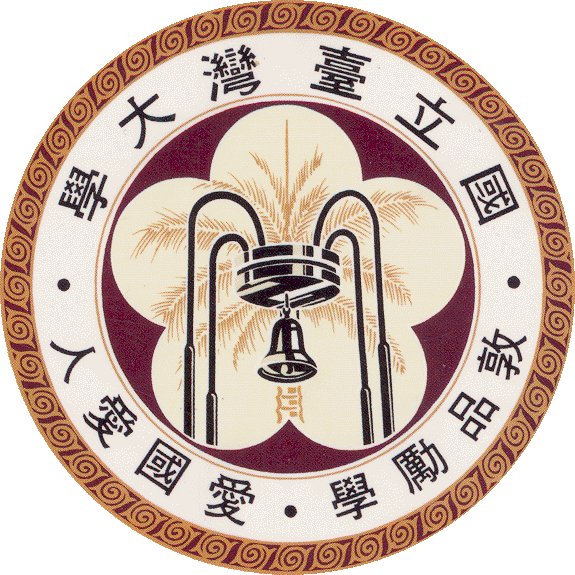Team:NTU-Taida/Project/Abstract
From 2013.igem.org
The final goal of our project is to real-time detect and identify drug-resistance bacterial strains, which cause nosocomial infection from the hospital specimens.
Nosocomial infections are those infections occur in hospitals. Comparing to communities, resistant strains are more often found in hospitals. Moreover, nosocomial infection is easier to take place in the intensive care units than common wards. These two characteristics explain why nosocomial infections are usually fatal to those who are immune-compromised and hospitalized, if not treated in-time. However, it usually takes a long time from culturing to identifying bacteria strains, and we may lose the golden time to cure the patient. This is the problem we’re trying to solve, through the construction of an instant bacteria-resistance identification system.
We choose quorum sensing molecules as our target. Quorum sensing (QS) is a density-associated communication method for bacteria. It is usually species-specific, like dialects among people. After surveying many related researches, we reasonably assume that among the same bacterial species, those with resistant strains and without resistant strains, as well as those with different types of resistance, their patterns of releasing QS molecules have quantitative difference. We plan to use our QS array - genetically modified E. coli, to detect those differences in each QS molecule activation level, hoping to establish a profile ─ “antibiotic resistance” towards “pattern of quorum sensing molecule activation levels” ─ in order to instantaneously recognize resistant strains. We would use a common opportunistic pathogen, Pseudomonas aeruginosa as a primary detection target. Tests will then expand to other bacterial species. Finally, by using these data, we might create a fast-and-safe array on a tiny chip, making nosocomial infection no more a nightmare.
 "
"


